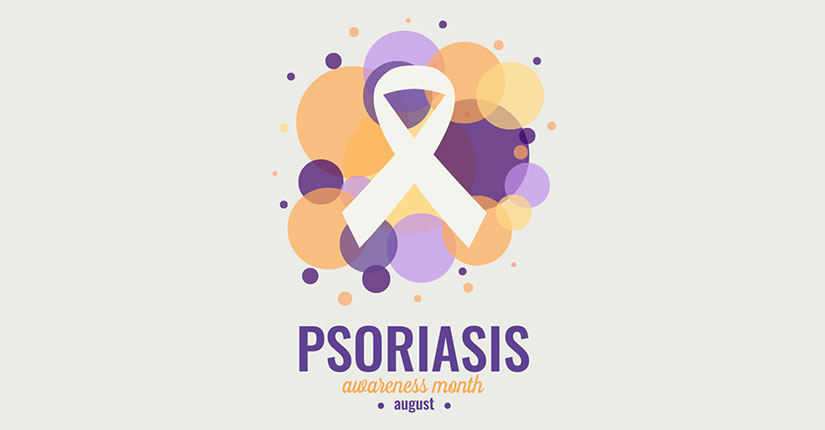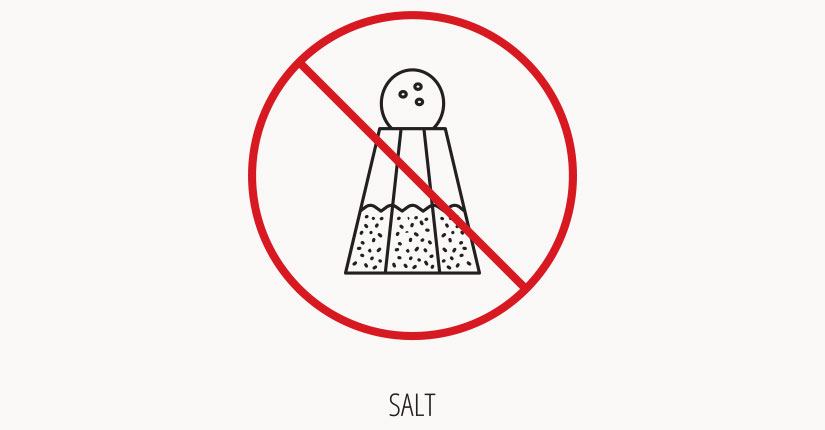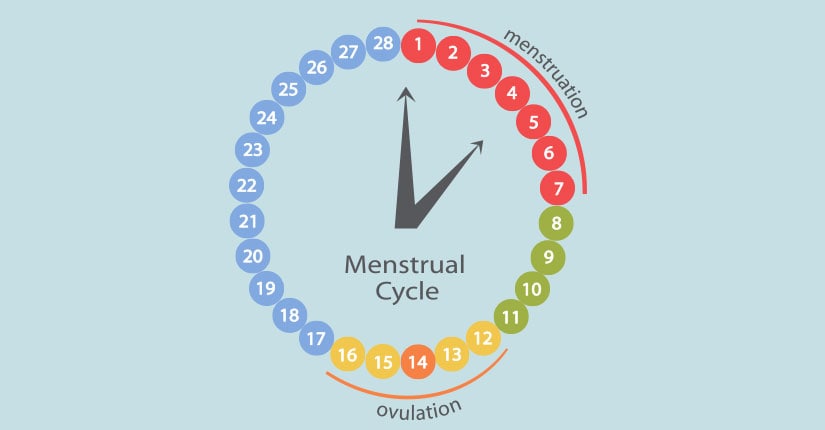Title: Vaping and E-Cigarettes Are Tobacco: Debunking the Myth for the Youth
By Nmami Agarwal 25-May 2023 Reading Time: 5 Mins

Introduction
Vaping and e-cigarettes have become a popular trend among young people in recent years. While many perceive these alternatives to traditional tobacco products as harmless, it’s crucial to debunk the myth that vaping and e-cigarettes are entirely different from tobacco. In this blog post, we will explore the reasons why vaping and e-cigarettes should be recognized as tobacco products and why it is essential for the youth to be aware of their potential risks.
-
Defining Tobacco Products
To understand why vaping and e-cigarettes are tobacco, let’s define what tobacco products entail. Traditionally, tobacco has been associated with cigarettes, cigars, and smokeless tobacco like chewing tobacco. However, tobacco products have evolved to include e-cigarettes and vaping devices that contain nicotine derived from tobacco leaves. Therefore, it is logical to consider vaping and e-cigarettes as tobacco products.
-
Nicotine Addiction
One of the primary concerns associated with vaping and e-cigarettes is nicotine addiction. Many e-cigarettes and vape juices contain nicotine, the addictive substance found in traditional tobacco products. Nicotine addiction can lead to various health problems, including increased heart rate, high blood pressure, and potential developmental issues in young people. Recognizing that vaping and e-cigarettes contain nicotine is vital for the youth to make informed choices about their health and well-being.
-
Health Risks
Contrary to popular belief, vaping and e-cigarettes are not risk-free alternatives to smoking. Research has shown that these products can have adverse effects on lung health. Vaping has been associated with lung injuries and a condition known as “vaping-associated lung injury” (VALI). Additionally, the chemicals present in vape juices, such as formaldehyde and acrolein, can cause lung irritation and damage. By acknowledging that vaping and e-cigarettes are tobacco products, we can encourage the youth to prioritize their respiratory health and consider healthier alternatives.
-
Marketing Tactics
The tobacco industry has a history of targeting young people with their advertising and marketing strategies. Similarly, the vaping industry has adopted similar tactics to attract a youthful consumer base. By debunking the myth that vaping and e-cigarettes are distinct from tobacco, we can shed light on the marketing techniques used to entice young individuals into using these products. Awareness about these tactics empowers the youth to make informed decisions and resist the pressure to start vaping.
-
Gateway to Tobacco Use
Studies have indicated that vaping and e-cigarettes can serve as a gateway to traditional tobacco use. Young people who start with vaping are more likely to progress to smoking cigarettes later on. The misconception that vaping is entirely separate from tobacco may lead the youth to underestimate the potential risks associated with these products. By acknowledging the link between vaping, e-cigarettes, and tobacco, we can help prevent young individuals from developing harmful smoking habits.
Conclusion
It is crucial to debunk the myth that vaping and e-cigarettes are separate from tobacco and highlight their potential risks. By recognizing that these products contain nicotine, pose health risks, employ manipulative marketing tactics, and can serve as a gateway to tobacco use, we empower the youth to make informed decisions about their well-being. Education and awareness play a significant role in ensuring the younger generation understands the potential dangers associated with vaping and e-cigarettes. Together, let’s debunk the myth and promote a healthier, tobacco-free future for our youth.





















